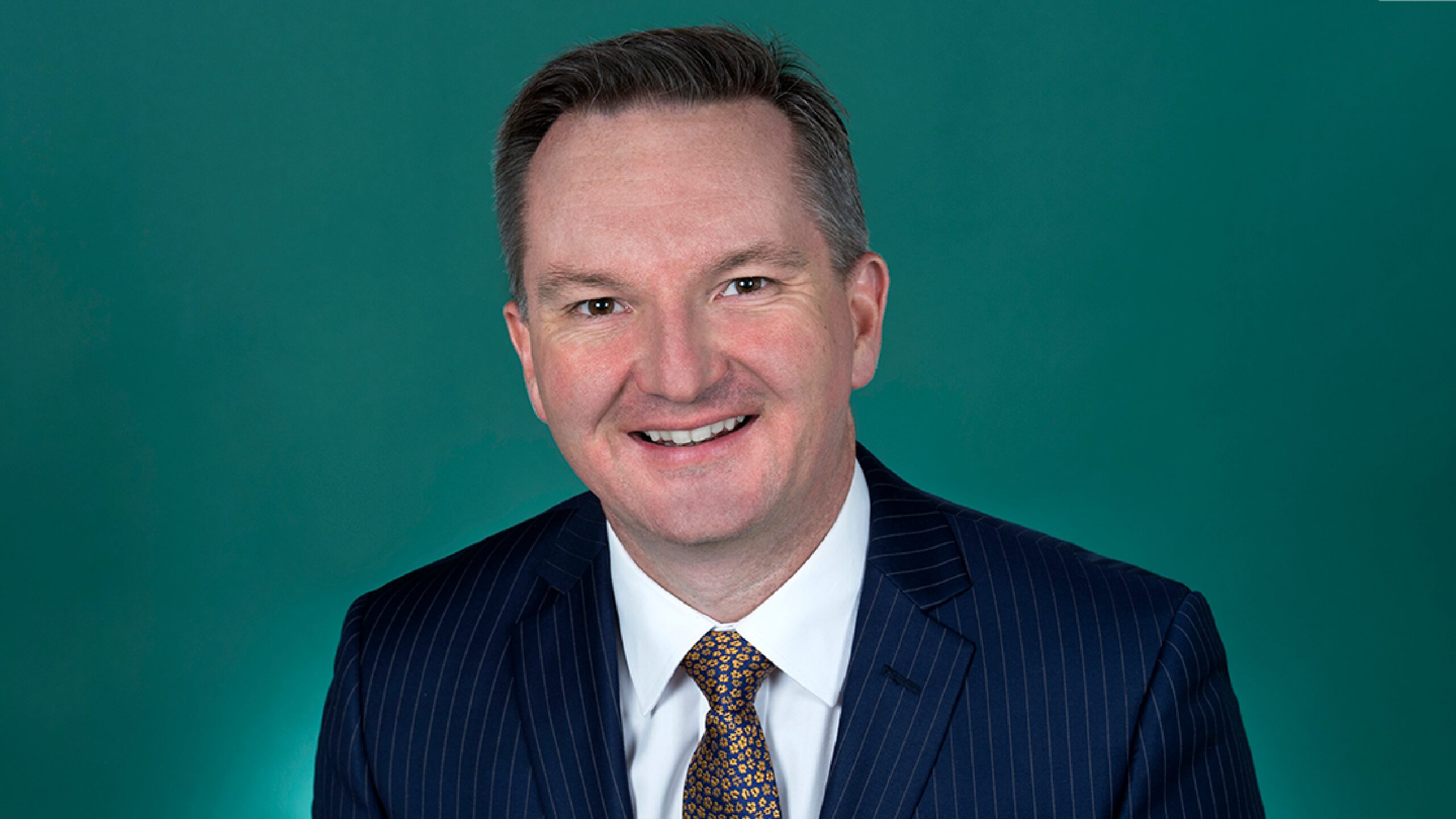Investing is simple, but it is not easy
“I am unable to think of any critical, complex human activity that could be safely reduced to a simple, summary equation”.
Jerome Powell, Chairman of the US Federal Reserve
This quote seems apt given the three months that has just passed. Whether in terms of the impact of the pandemic, government and central bank responses, the outlook for investment markets or even the burgeoning asset class that is ‘cryptocurrency,’ there seems to be no shortage of experts seeking to simplify the most complex matters into simple rules, forecasts and ‘consensus’ views. Yet if 2020 taught us anything, it is that being contrarian, even slightly, pays off and that ‘career risk’ as a general rule, offers a direct path to mediocrity.
There was no shortage of investment managers touting incredible 12 month returns to 31 March, with the benefit of the bottom of the market occurring in late March 2020. What wasn’t present, however, was commentary around the experience that came during and before the onset of the most volatile period in market history. Any truly active investment manager worth their salt should have at the very least delivered better ‘risk-adjusted returns’ than the index, if not beating it outright.
As we reach the halfway point of another year, our second in a pandemic-riddled economy, the most topical and pressing issue remains the elusive ‘inflation’. On the one hand, central bankers and many economists are indicating it will be ‘transitory’ rather than prolonged, on the other is a growing chorus of high-profile investors being quoted about the impending crash in markets due to a bout of hyperinflation.
It is abundantly clear, in my view, that the recent spikes in inflation, particularly in the US, have been driven by the ‘base effects’ and a damaged global supply chain. Base effects refer to the fact that the prices of everything from oil to travel and basic food slumped significantly as lockdowns hit in March 2020, with any comparison to this be inflated by the lower starting point. Issues with supply chains are evident everywhere we look, with globalisation and the reliance on goods being transported across multiple countries resulting in short-term shortages. Take used cars in the US, for example, where prices spiked 30% in 12 months due to a confluence of a shortage of new car supply from Asia and a population unable to travel abroad.
Inflation remains the most popular talking point, with predictions of doom focused on the impact that a spike in inflation would have on bond rates and the assets which are valued against them. Popular growth companies, like AfterPay and Amazon, are seen to become more valuable when bond rates are lower because their profit and earnings growth is considered much more attractive. However, immediately after the highest inflation rate in close to two decades, bond rates actually fell, and US share markets delivered their strong week in several months once again evidencing that ‘rules are made to be broken’.
If there is one thing that should be clear to investors today, it is that nothing is clear. There is no perfect strategy suited to this environment and anyone that thinks there is, may well be delusional. In our view, there is a real risk that the global economy is facing a period of prolonged deflation, not unlike that seen in Japan in the 1970s. In this case, an inflationary environment would be seen as positive. The deflationary trends we have seen over the last twenty years haven’t changed, if anything they have accelerated. For instance, technological advancement, the ageing demographic and our general indebtedness is higher than it was just 12 months ago. Yet we are now faced with a world full of consumers saving more money than they ever have and businesses seeking to protect margins through cost-cutting.
No one has seen this environment before which means a degree of caution is required. While experts and talking heads will no doubt continue to question the stimulus decisions of central banks and governments, conditions on the ground or on ‘Main Street’ are a long way off those reflected in headline economic figures. Take for instance Australia’s net growth since the pandemic; or the unemployment rate falling to 5.1%. The former has once again relied on a short-term demand for the nation’s iron ore and coal, and the latter the exclusion of hundreds of thousands of foreign workers leaving the country.
In my view, investing is all about the money. That is, investors need to focus on identifying those companies that are growing revenue, growing profits and most importantly banking that growth in cash. The ‘vaccine-led’ rally has seen businesses whose profit has actually shrunk in the last ten years performing similarly to those whose profit has doubled over the same period. Similarly, all eyes should be kept on governments and economic support, with those moving to ‘austerity’ or balanced budgets too soon at risk of following Europe’s example after the GFC.
As advisers we have a fiduciary obligation to consider all potential outcomes and to invest accordingly. It is for this reason that we continue to advocate for a portfolio with ‘balance’. In our view, balance requires diversification across both ‘growth’ and ‘value’ companies, overseas and Australian assets but most importantly across outcomes. We clearly stand in an environment where multiple outcomes are possible and the impact on investment markets in either case will be significant.
With an uneven economic environment ahead, we continue to advocate for active management, due primarily to the highly concentrated nature of share market indices and the fact that they all remain at or near all-time highs. Alternative assets, including corporate bonds, private credit, private equity, precious metals, real assets, long-short and similar strategies are likely to play an important role in this environment and therefore warrant a larger exposure within portfolios.










